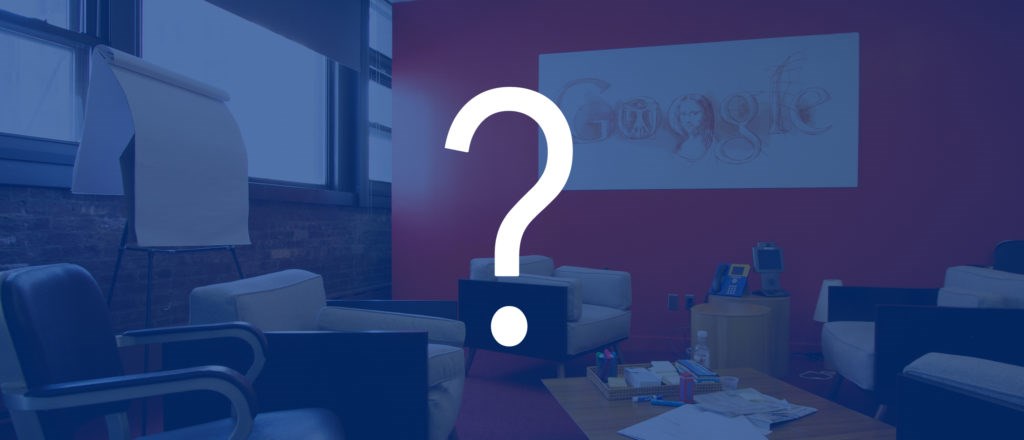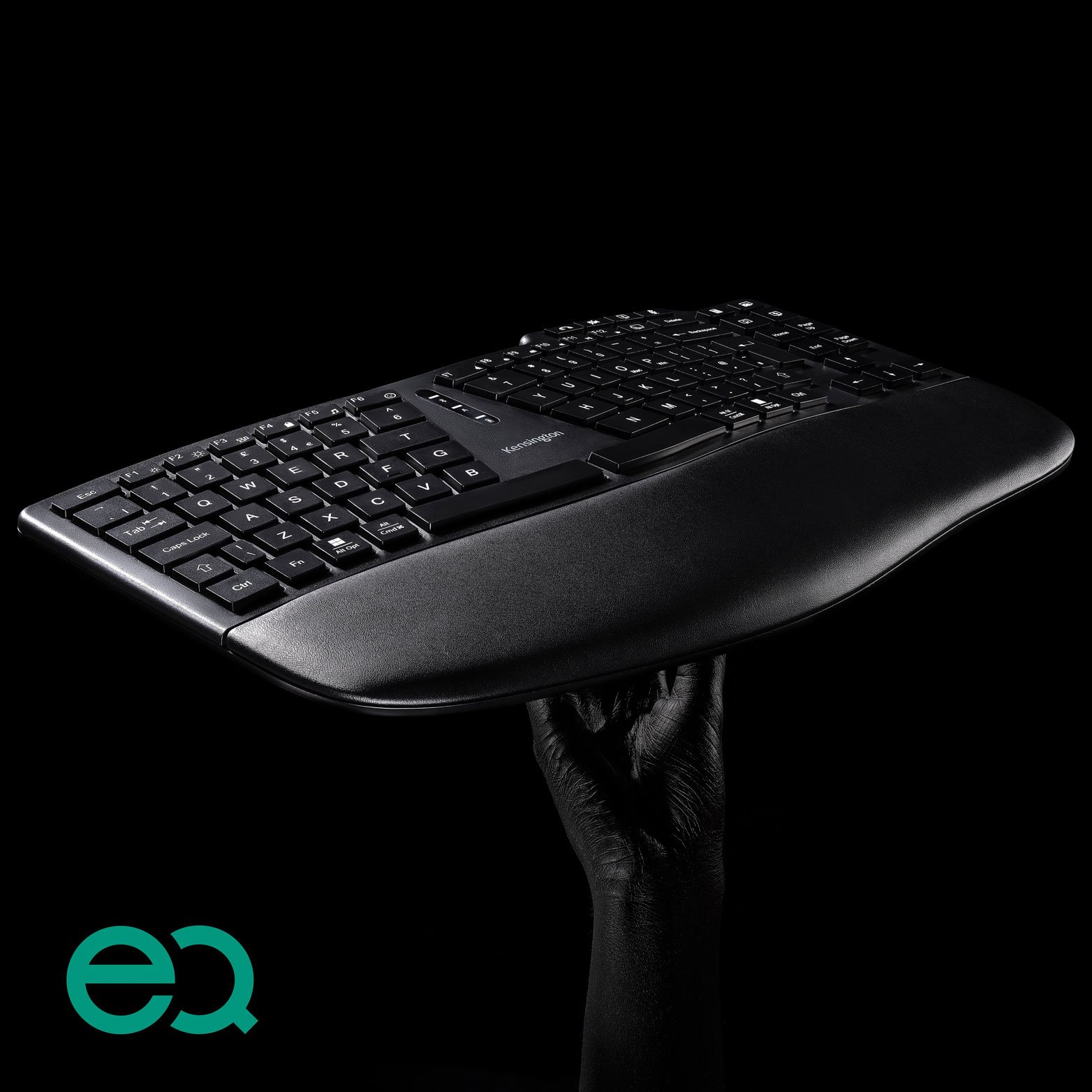
Apart from being the world's most popular search engine, processing over 40,000 search queries every second, Google is also noted for its progressive attitude towards its own workforce, in particular when it comes to its offices. The internet giant has come to the fore over the past few years for providing inspiring work environments, supposedly making its employees jump out of bed every morning at the thought of going to work.
Google, regularly included in '100 best companies to work for' type lists, was one of the first companies to champion the use of breakout areas in the office environment, as well as a whole host of entertainment offerings within its workspaces, such as pool tables, games consoles, and even bowling alleys.
It is all designed to facilitate the optimum atmosphere for creative thinking, fostering a team ethos where everybody's opinion is valued and an engine of ideas runs all day long. But how far has the Google model of working caught on, and is its uptake only confined to those blue chip companies that can afford the luxury of such unconventional office features?
Certainly, for companies that come under the creative bracket - digital specialists, PR and marketing agencies, graphic designers - the breakout area, or any kind of informal space with comfortable seating more akin to a living room than an office, has become popular. In the same vein as Google, these creative firms commonly put a large emphasis on team bonding trips and socializing outside the office.
It helps that many companies offering creative services are SMEs, as it is sometimes easier to build a close-knit team. Although larger companies have seen a transformation of sorts as they try to better their smaller, nimbler rivals. Certainly, more progressive attitudes towards employee care, healthy eating in the canteen, and promoting exercise outside the workplace have become more prevalent.
Conversely, in the polished corporate setting, we are still a long way from the 'playground-style' design that Google has set out in many of its workplace recreation areas. Industries such as legal and finance still frown upon perks like PlayStations and pool tables, with employees deemed to be taking home a large enough salary to fund their own games rooms.
Ultimately, creative environments are less formal for a reason. In more traditional professions, the emphasis is still on professionalism and keeping up appearances. Whereas more modern, creative companies ignore the formalities in favor of a setting more conducive to conversation, deep thought, and idea generation to deliver what’s expected of them. Again, much comes down to what is expected of companies in a certain industry.
For instance, it appears more informal team meeting areas and spaces for eating, drinking and socializing are becoming more common in traditional work environments, but they are more likely to be hidden from the view of visitors in corporate industries. On the other hand, creatives place this kind of lounge setting as the centerpiece of the office, quite often doubling up as a 'waiting area' for guests alongside a reception desk - as well as a location for team meetings.
What we have seen in the more traditional sectors, however, is more of a focus on functional additions to the office environment, that can make all the difference to the working day. Posture, as we all know, is especially important for office workers likely to be located at a desk for a few hours every day. For this purpose, foot and backrests can be a godsend, keeping staff comfortable as they sit, but also encouraging a safe and healthy positioning of the spine and limbs.
Employee care, be it through a focus on health and exercise or revolutionizing work conditions in the office, can only be a good thing, and the march continues towards a more harmonious workspace across the spectrum. However, if you’re hoping to step into an office that follows the “Google way”, bear in mind that your industry will likely dictate whether your expectations are met.
Sitting comfortably? If not, take a look at our ergonomic range of products so you can keep a perfect posture.
